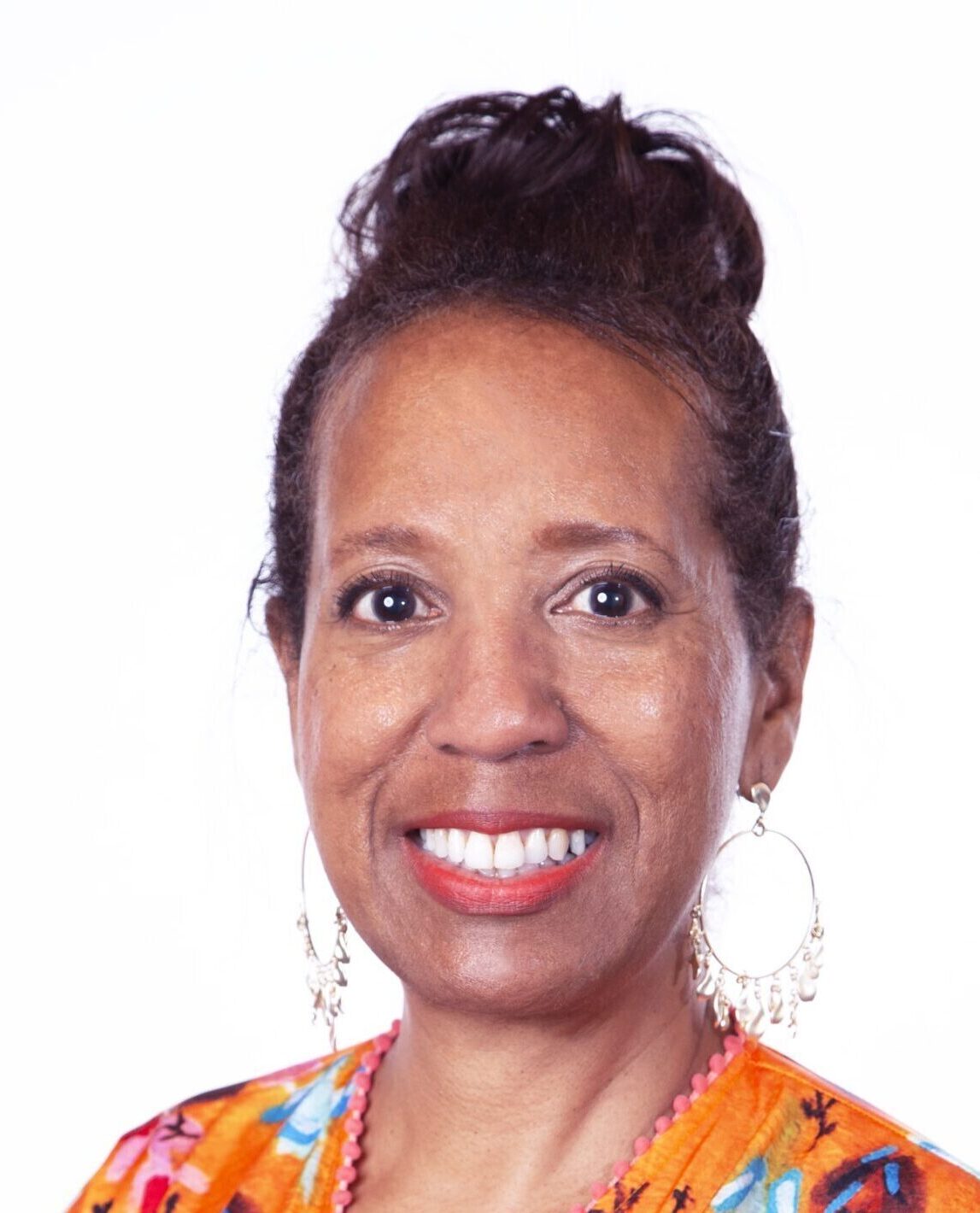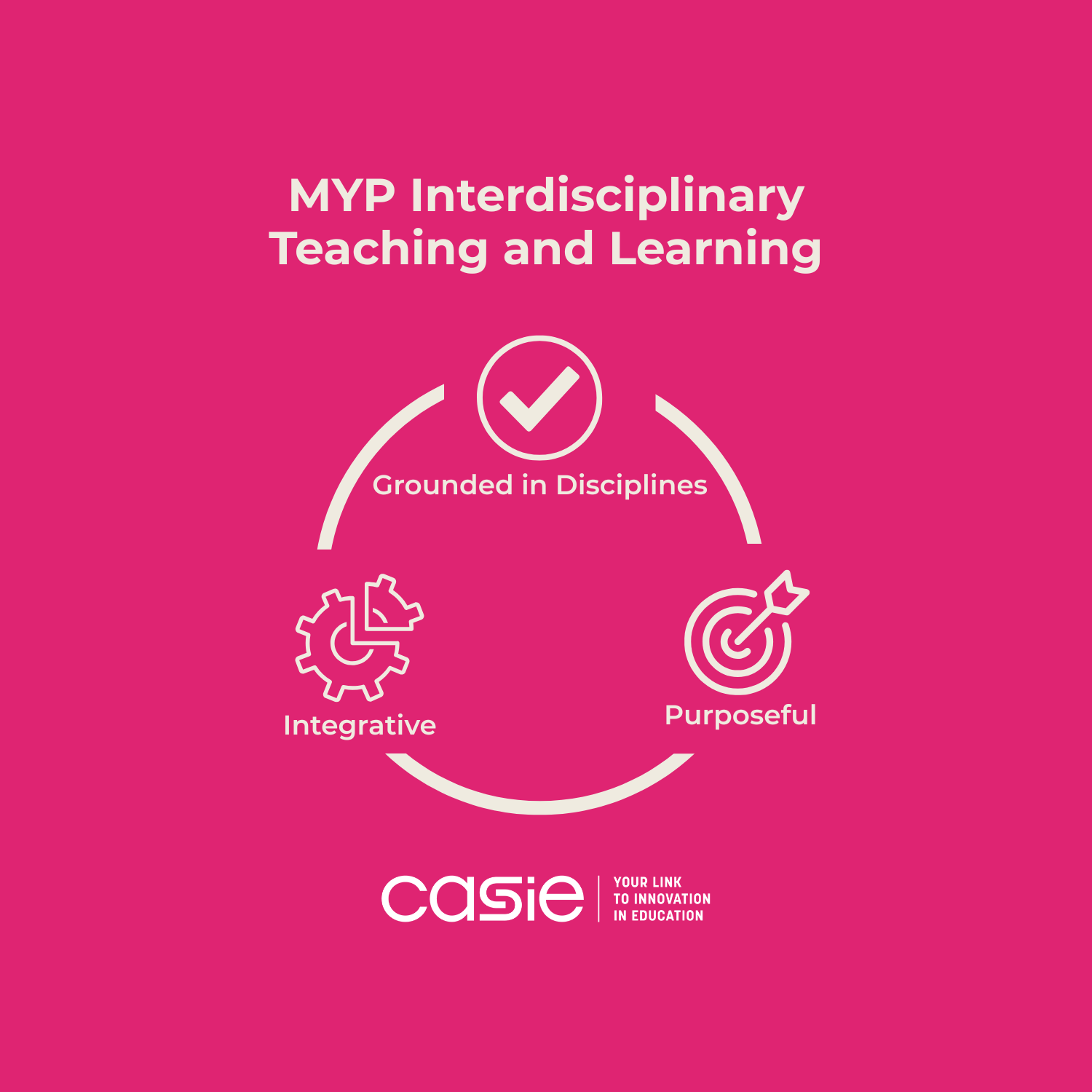Updated: Nov 11, 2023
The What
In H. Lynne Erickson’s book, Concept-Based Curriculum and Instruction for the Thinking Classroom, she states, “Concept-based curricular and instructional design are three dimensional- that is, curriculum is focused on what students will Know, Understand, and are able to Do.” More traditional design is two dimensional, involving only knowing and doing.
In Concept-Based Curriculum and Instruction (CBCI), concepts are:
-
big ideas that connect learning across disciplines,
-
build understanding that is transferable,
-
are broad, allowing for more in depth learning within disciplines,
-
and endure over time.
Concepts envelope topics that are made up of various facts. Together, general principles can be realized through learning experiences that involve constructing knowledge through exploration into inquiries. For example, if we think about a big idea such as systems, that relates to a science topic like transformation of energy, “systems” is the concept that we want to explore through the topic. Learners would construct a theory as they discover general principles as they research and study systems. This relationship could be depicted as in Erickson’s Structure of Knowledge diagram below. When we think about big ideas in more process-oriented subjects, English language arts, world language, and the arts, we could likewise explore a topic like cultural norms through the concept of communication. This relationship is shown in Lois A. Lanning’s Structure of Process model.

The Why
According to Batelle for Kids, “A 21st century education is one that responds to the economical, technological, and societal shifts that are happening at an ever-increasing pace. It’s an education that sets children up for success in a world where more than half of the jobs they’ll have over their careers don’t even exist yet.” Some statistics that support this statement come from the source, Internet Live Stats, 2021 which reported that there are currently more than 1.8 billion websites, and an estimated 328.77 million terabytes of data are created each day. These numbers point to the reasons why educators need to focus on CBCI elements that add the rigor which can make learning relevant for today’s learners.
In Batelle’s article, Reframing Learning Loss, this quote is shared: “We must create learning opportunities that reflect the growing, research-based understanding of how people learn.” (Darling-Hammond & Oakes, 2019.) It provokes us to seek to use approaches to teaching and learning that are effective. Additionally, this snippet, “…they must be able to understand concepts deeply enough and have sufficiently developed inquiry skills that they can seek out, understand, and combine knowledge in many ways, and can apply what they know to novel, complex problems in different real-world situations.”, from Darling-Hammond’s and Oakes’ book, Preparing Teachers for Deeper Learning, offers insight into the why CBCI is useful in providing that transformative dimension that aligns with how we learn. Conceptual learning and inquiry skills are the elements that provide students with this foundation to be lifelong learners.
The How
We can summarize the way three-dimensional curriculum creates lifelong learning by answering the question, “How can conceptual understanding support lifelong learning? “ When we engage students in learning experiences that they seek to construct meaning of the world around them born from their curiosities, deep learning occurs. The nature of concepts is that they have breadth, which allows for inquiries into many topics about how the world works, who they are, and how they might express themselves. They provide foundations and frameworks for them to transfer past learning of big ideas in ways that allow for them to build their future learning. In our next post in this series on concept-based learning, we will look into the how-to’s of creating learning experiences for lifelong learning.
Author
-

Jill is the CASIE Director of Education. She has a Master’s degree in Educational Leadership from Clark Atlanta University and a Bachelor’s degree in Education from The Ohio State University. Her past work experience includes serving as a teacher, IB coordinator, assistant principal, associate principal, 12 years as a principal with the last 7 leading an IB World School, Executive Director of Academic Programs including all four IB Programmes, head of of Curriculum and Assessment for Marietta City Schools, and an IB Educator Network programme leader. She enjoys learning, reading, walking, spending time with her husband, daughter, son, daughter-in-law, and friends.
View all posts







